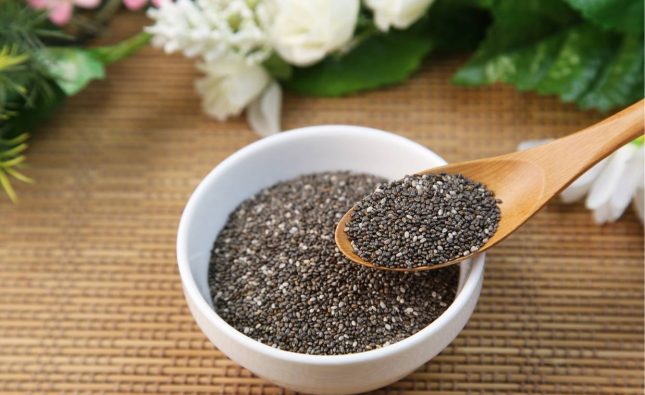
Introduction:
Rosacea is a common skin condition characterized by facial redness, visible blood vessels, and sometimes even acne-like bumps. It can be a source of discomfort and self-consciousness for those affected. While there is no cure for rosacea, there are several ways to alleviate its symptoms and minimize facial redness. In this article, we will explore 13 effective strategies to help manage and reduce rosacea-related redness, promoting healthier and calmer skin.
1. Gentle Cleansing: Use a gentle, non-abrasive cleanser to cleanse your face twice a day. Avoid harsh products that may irritate the skin further. Rinse with lukewarm water and pat dry with a soft towel.
2. Avoid Triggers: Identify and avoid triggers that worsen rosacea symptoms. Common triggers include spicy foods, hot beverages, alcohol, extreme temperatures, and certain skincare products. Keeping a trigger diary can help pinpoint specific factors that aggravate your skin.
3. Sun Protection: Protect your skin from the sun’s harmful UV rays by wearing a broad-spectrum sunscreen with an SPF of 30 or higher. Additionally, wear a wide-brimmed hat and seek shade when the sun is at its peak.
4. Moisturize: Choose a gentle, non-comedogenic moisturizer to keep your skin hydrated and reduce redness. Look for products with soothing ingredients like aloe vera, chamomile, or green tea extract.
5. Cooling Techniques: Apply cool compresses or chilled gel packs to your face to help reduce inflammation and calm redness. Avoid extreme cold temperatures that could exacerbate symptoms.
6. Calming Ingredients: Incorporate skincare products that contain soothing ingredients such as niacinamide, licorice extract, or chamomile. These ingredients have anti-inflammatory properties that can help reduce redness and promote a calmer complexion.
7. Mineral Makeup: Opt for mineral-based makeup products that are less likely to irritate the skin. Look for formulations specifically designed for sensitive or rosacea-prone skin. Avoid heavy coverage, as it can exacerbate redness.
8. Prescription Medications: Consult a dermatologist who may prescribe medications, such as topical creams or oral antibiotics, to help manage your rosacea symptoms. Follow their instructions carefully and attend regular follow-up appointments.
9. Avoid Harsh Skincare Products: Avoid skincare products that contain alcohol, fragrance, or other potential irritants. These can worsen redness and trigger flare-ups. Instead, opt for mild, fragrance-free formulations that are suitable for sensitive skin.
10. Redness-Reducing Serums: Look for serums or treatments that specifically target redness and inflammation. Ingredients like azelaic acid, green tea extract, or sulfur can help soothe the skin and minimize redness.
11. Facial Massage: Gently massage your face using upward strokes with clean fingertips. This can help improve blood circulation and reduce facial redness. Avoid excessive pressure or harsh rubbing, as it can irritate the skin.
12. Stress Management: Stress can trigger rosacea flare-ups. Engage in stress-reducing activities such as yoga, meditation, deep breathing exercises, or hobbies that you enjoy. Prioritize self-care and find healthy ways to manage stress.
13. Professional Treatments: Consider seeking professional treatments such as laser therapy, intense pulsed light (IPL), or photodynamic therapy (PDT) under the guidance of a dermatologist. These treatments can effectively target facial redness and blood vessels associated with rosacea.
Conclusion:
While rosacea can be a persistent condition, there are numerous strategies to help alleviate facial redness and manage its symptoms. Adopting a gentle skincare routine, avoiding triggers,
practicing sun protection, and incorporating soothing ingredients can significantly reduce redness and inflammation. Additionally, seeking professional guidance and exploring treatment options can provide further relief. Remember that what works for one person may not work for another, so it’s important to experiment and find the best combination of strategies that work for your individual needs. With patience and proper care, you can say goodbye to rosacea and achieve a calmer, more comfortable complexion.










